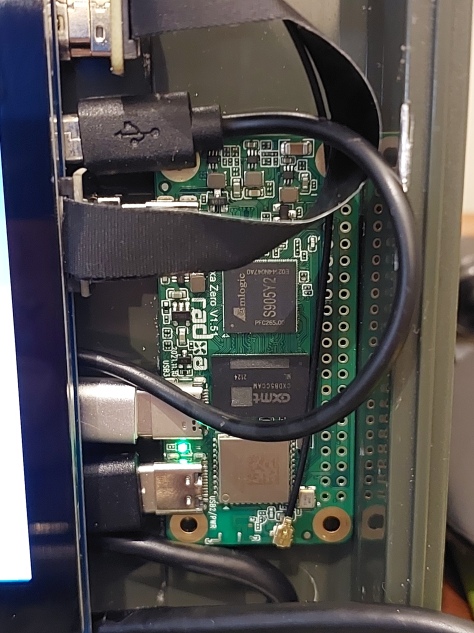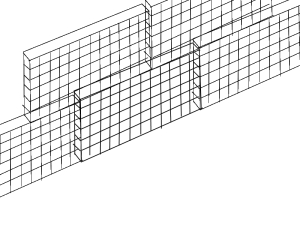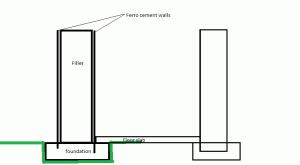The idea of preparing for emergencies and disasters has become increasingly popular in recent years. Many people recognize the importance of being ready for unexpected situations that could leave them without access to food, water, shelter, or other essential resources. One of the most effective ways to prepare for such events is by joining a prepper group.
A prepper group is a community of like-minded individuals who share a common goal of being prepared for emergencies and disasters. Members of these groups come from all walks of life and have a variety of skills and knowledge that they bring to the table. By joining a prepper group, you can gain access to a wealth of information, resources, and support that can help you prepare for and survive emergencies and disasters.
In this article, we will discuss the benefits of joining a prepper group and provide some tips for building a strong and effective prepper community.
- Access to Knowledge and Expertise
One of the biggest benefits of joining a prepper group is the access to knowledge and expertise. Prepper groups often have members with a wide range of skills and experience, including survival skills, first aid, gardening, food preservation, and more. By tapping into the collective knowledge of your prepper group, you can learn new skills and gain valuable insights that can help you become better prepared for emergencies and disasters.
- Sharing of Resources
Another benefit of joining a prepper group is the sharing of resources. Prepper groups often pool their resources and knowledge to help each other prepare for emergencies and disasters. This can include sharing information about the best places to buy supplies, trading or bartering goods and services, and even pooling funds to purchase supplies in bulk. By working together, prepper groups can stretch their resources further and ensure that everyone has access to the supplies they need to survive.
- Support and Community
Joining a prepper group can also provide you with a sense of community and support. Prepper groups are made up of people who share a common goal and are committed to helping each other prepare for emergencies and disasters. This sense of community can be invaluable during times of crisis, providing you with a support network that you can turn to for help, advice, and encouragement.
- Improved Safety and Security
By joining a prepper group, you can also improve your safety and security. Prepper groups often work together to create plans and strategies for dealing with emergencies and disasters, which can help to minimize the risks and increase the chances of survival. Additionally, prepper groups may also collaborate on security measures, such as setting up a neighborhood watch program or sharing tips on how to secure your home and property.
Tips for Building a Strong Prepper Community
If you are interested in building a prepper community, here are some tips to help you get started:
- Find Like-Minded People
The first step in building a prepper community is to find like-minded people who share your goals and interests. Look for local prepper groups in your area or consider starting your own group by reaching out to friends and family members who are interested in preparing for emergencies and disasters.
- Establish Clear Goals and Objectives
Once you have a group of interested individuals, it is important to establish clear goals and objectives for your prepper community. This could include developing a list of emergency supplies, creating a communication plan, or identifying key skills and expertise that the group wants to develop.
- Communicate and Collaborate
Communication and collaboration are essential for building a strong prepper community. Make sure that everyone is on the same page regarding the group’s goals and objectives, and establish clear lines of communication for sharing information and resources.
- Regularly Meet and Train
Regular meetings and training sessions can help to keep your prepper community engaged and motivated. Schedule regular meetings to discuss progress, share regular meetings to discuss progress, share information, and plan for upcoming activities. Consider offering training sessions to develop specific skills and expertise, such as first aid, food preservation, or self-defense.
- Build a Network of Resources
Building a network of resources can help your prepper community to better prepare for emergencies and disasters. Consider reaching out to local businesses, community organizations, and government agencies to establish connections and resources that could be beneficial in a crisis.
- Be Prepared for Different Scenarios
Prepping is not a one-size-fits-all approach, and different emergencies and disasters require different strategies and preparations. Make sure that your prepper community is prepared for a variety of scenarios, including natural disasters, economic collapse, and civil unrest.
- Practice Operational Security
Operational security (OPSEC) is critical for maintaining the safety and security of your prepper community. This means being discreet and cautious about sharing sensitive information and avoiding attracting unnecessary attention.
In conclusion, building a strong prepper community requires finding like-minded individuals, establishing clear goals and objectives, communicating and collaborating, regularly meeting and training, building a network of resources, preparing for different scenarios, and practicing operational security. By following these tips, you can help to create a strong and resilient prepper community that is better prepared for emergencies and disasters.












You must be logged in to post a comment.